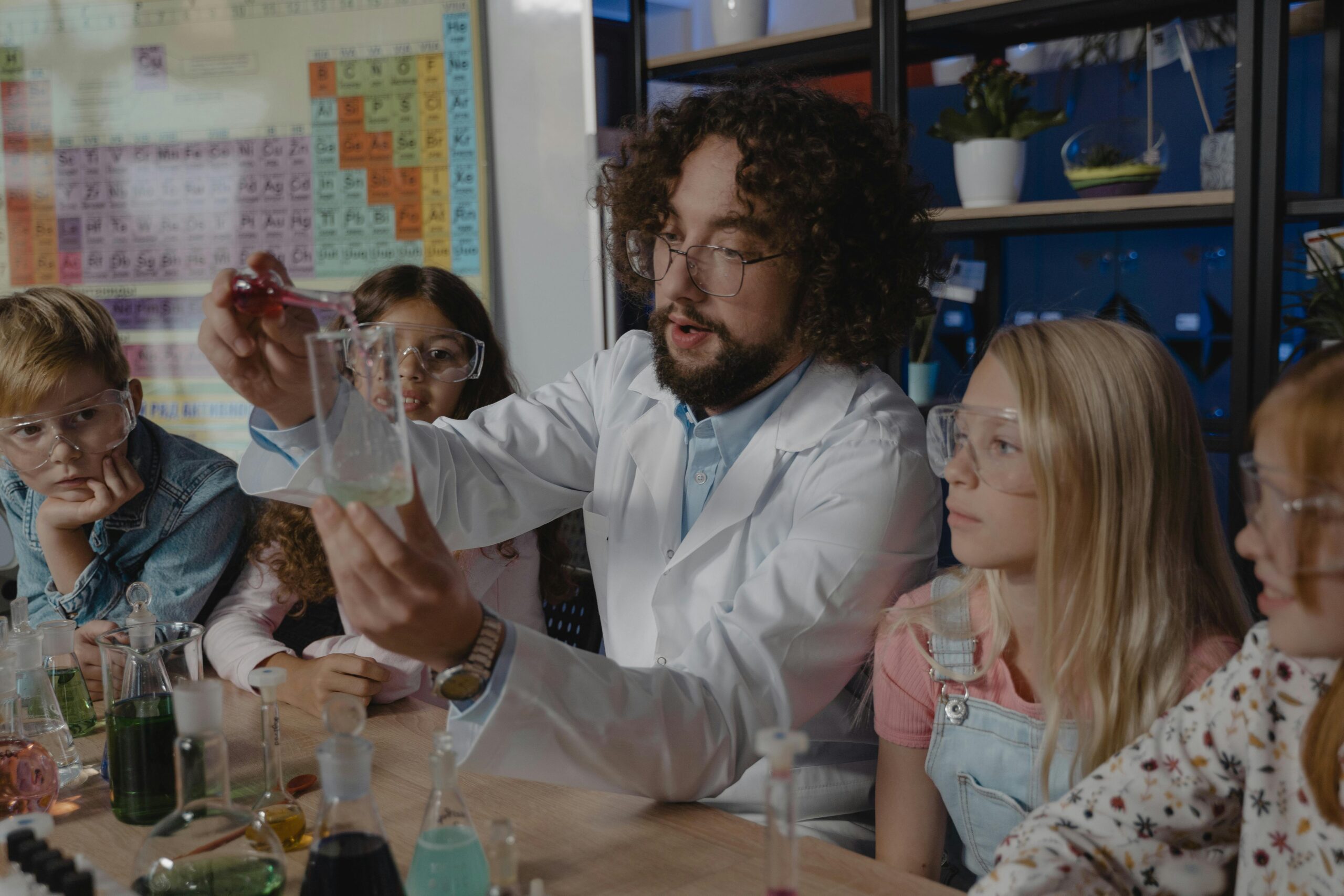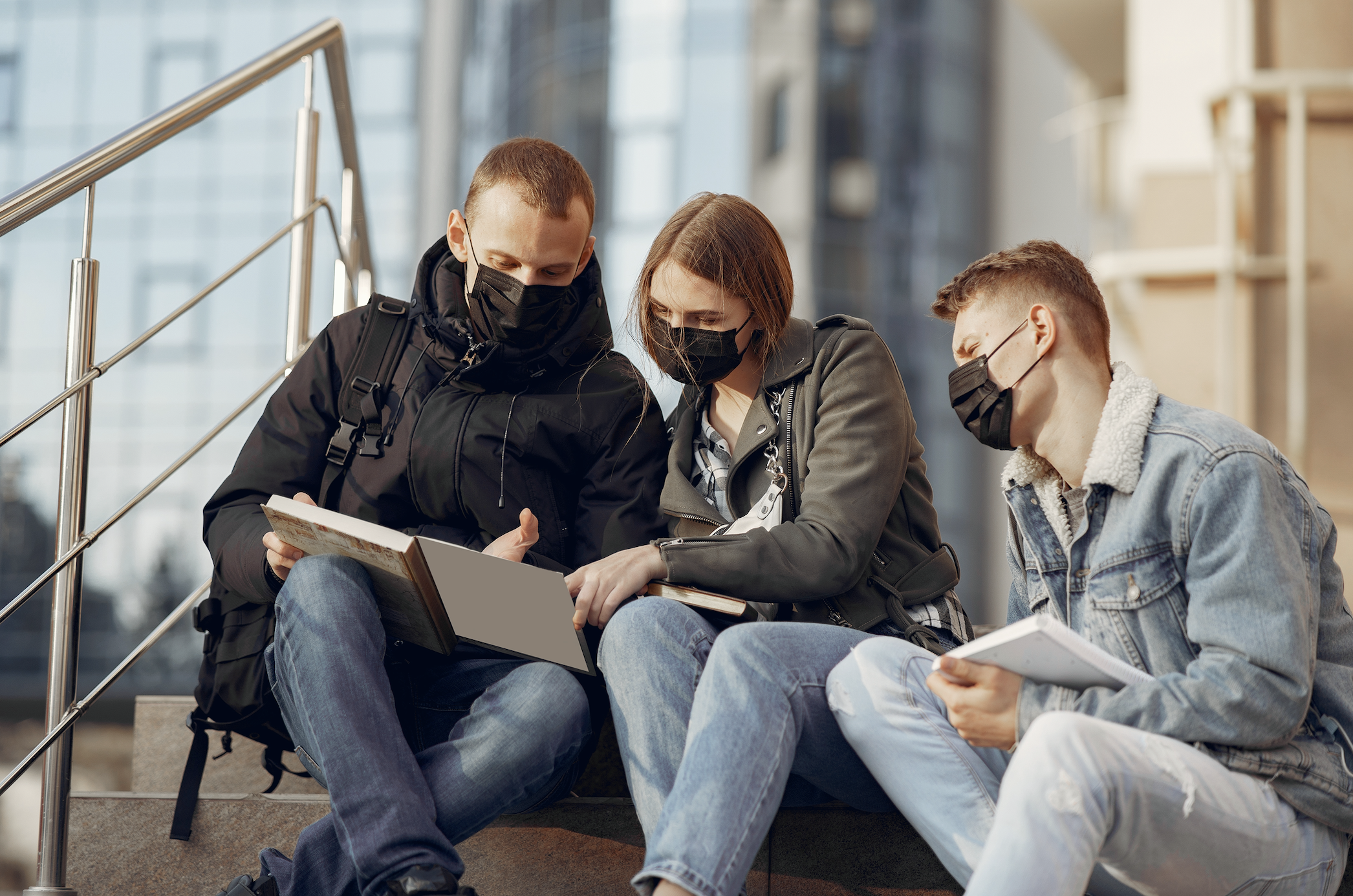
How this Pandemic Could Change School for the Better
Most of us have mourned what the COVID-19 quarantine has stolen from our teens. Less class time, more screen time, more boredom, and both students and teachers who are uncomfortable with the new normal. Many traditions were removed like sports games, recitals, school plays, proms, and marching bands on Friday nights.
But I’d like to focus for a few minutes on what the pandemic may have given us.
Changing the School Experience for the Better
Years ago, I spoke with author Daniel Pink about what he envisioned school should look like. He described his dream of an entirely different format, which allowed students to explore subjects they were curious about due to more free time. But, alas, Dan told me he didn’t feel like it would ever happen.
Michael J. Petrilli, president of the Thomas B. Fordham Institute, reminds us, “Students only learn when they are focused, engaged and putting in effort. Yet surveys have long shown that teenagers spend most of their day bored, zoned out and only pretending to listen. For many students—especially the most motivated ones—they’d be better off, not to mention happier, if they spent much more of their time reading, writing and completing projects than going through the motions in our industrial-style schools.”
A typical school day is a rote, force-feeding experience where students are consumers of curriculum, usually more passive and disengaged than the teacher is.
Petrilli goes on, “But then something wonderful happens in the lives of teenagers: they go to college and the chains drop away. Their in-person class time drops to 15 hours a week, even with a full course load. Just 3 hours a day! But in return, they’re expected to do loads of independent work, participate in group projects and show up for office hours if they need additional help. In recent years, college students have also been watching some lectures online so class time can be spent on small-group discussions and doing hands-on laboratory work.”
Could it be that this pandemic will make high school more like college?

Half-Time High School and Full-Time Learning
I realize this sounds radical, and it may be we’ll have to completely retrain our students for such a new normal. But what if we created a new scorecard for success? With the fall semester coming next month, what if we embrace a three-hour class day but turn students loose to explore, experiment, and demonstrate they’ve mastered the subject? This could work if we jumped on board with these new realities:
1. Course format can be applied for, allowing some students to remain in a more traditional schedule if needed. Yet, others can opt for more autonomy.
2. Half-time classes are introduced, say between 10:00 am to 1:00 pm and 1:00 pm to 4:00 pm. Then the remaining time is independent study, allowing students to create their own labs. They can learn online and through experimentation.
3. Schools would run two shifts a day, conditioning students toward independent exploration and autonomy, hence fostering engagement and ownership.
4. This format plans for part of the student body to be on campus for a few hours while the other students are at home, allowing for social distancing.
5. This allows for more sleep and learning. When Wake County Public Schools in North Carolina moved the school schedule back, test scores rose significantly.
6. Guardrails for this format would be to insist students demonstrate they’ve mastered the subject. Trial and error. Advanced Placement classes will incentivize many.
7. Faculty could cast vision for this format, saying it will prepare students for college life, where much more of their time is their own, requiring responsibility.
When Growing Leaders surveyed school administrators, we discovered many are already planning a shift like this. Eighty-seven percent of respondents said they’ll have a blend of virtual and in-person instruction. More than one in three said they plan to alternate days for students to attend classes. In every case, schools will need students to get accustomed to more autonomous learning. While I know it will mean change, I actually believe it could be a welcome change. Let’s embrace it.






